À Ciel Ouvert: Felice Varini transforms the MaMo into a series of optical illusions
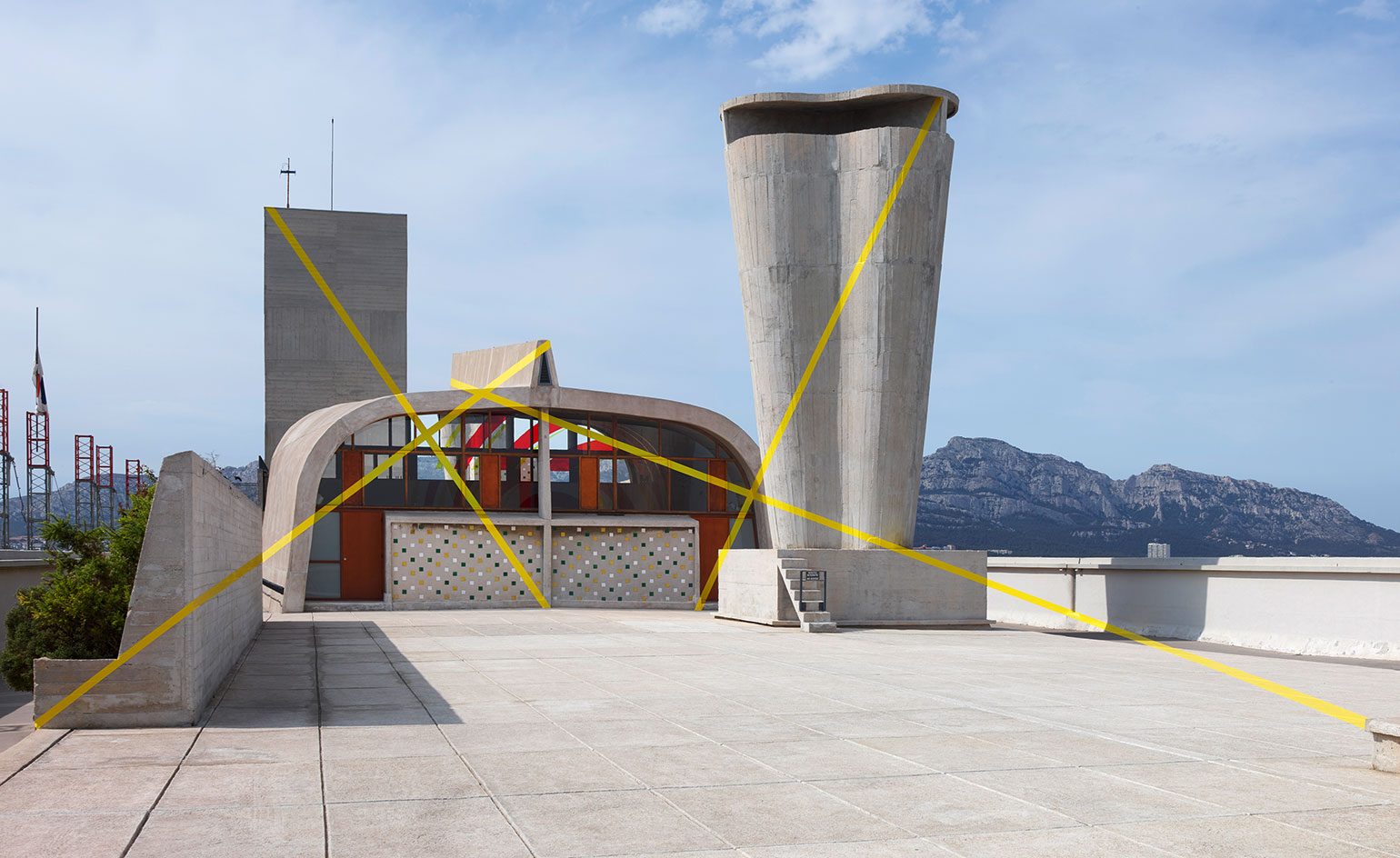
Felice Varini has applied his optical illusion art on such a wide range of international buildings and spaces over the last three decades — from gothic churches to commercial plazas — so the opportunity to confront the work of Le Corbusier might be considered long overdue. That’s now changed thanks to Ora Ito, the designer whose projects include Marseille Modulor (MaMo), a cultural destination occupying the rooftop of the architect’s Cité Radieuse apartment complex in Marseille. For the fourth annual edition of his artist intervention series, Ito (whose full name is Ito Morabito) invited Varini to interact with the exterior concrete surfaces and interior former gymnasium according to his meticulously linear whimsies. The result: a dimensional dance of colour and form.
With two works outside and a third within, À Ciel Ouvert skims, dives, criss-crosses and swirls over various regions of the rooftop so that depending where a visitor stands, elements of each can be viewed simultaneously. Of course, observing the Varini vernacular is also an exercise in finding the anamorphose, or perspective, from which all the lines unite seamlessly. But here, perhaps more than his other projects, this is certainly not the end goal. ‘The point of view is the point of departure,’ he tells Wallpaper* from one of the few shaded perches on the sun-drenched rooftop.
Varini, who was born in Locarno but lives in Paris, was 12 or 13 years old when Le Corbusier died in 1965. He mentioned reading publications and visiting several other sites but never this one until receiving a call from Ito. Ito, meanwhile, recalls first seeing Varini’s work at the Quai d’Austerlitz in 1985, when he was no more than eight years old. ‘It’s funny because it has followed me all my life; it’s amazing to have been touched by an artist at such a young age,’ he says, adding all four installations—the previous featuring Xavier Veilhan, Daniel Buren and Dan Graham—have allowed him an opportunity to work with his ‘heroes.’
‘For me it's a perfect exchange and to see how they think. They also inspire me in my own work,’ says Ito, who secured support from Longchamp so that the visit to MaMo is free for the first time (a limited edition tote boasting one of the works against a white backdrop makes for an extra special souvenir).
Ito confessed that Varini is one of the few artists whose work he could project onto such an unconventional combination of vertical and horizontal structures—most notably, the boat-inspired funnel chimney. Choosing his collaborators, he explained, comes down to projecting what he thinks they will do. ‘How can you take power within Le Corbusier if you’re not a master; but I knew [Felice] would be strong enough to take power of the space.’
Go figure, Varini shrugged off the high expectations, noting that he didn’t feel compelled to adhere to Le Corbusier’s lasting notion of Modulor scale, despite the potential. ‘The reality given is the reality,’ he maintains. ‘I wasn't trying to remake his life. When I arrived, I felt freedom like anyone else.”
The overlap between Varini’s yellow and red echo the hues that punctuate the Cité Radieuse, which was considered a radical ‘vertical village’ upon its completion in 1952, is sheer coincidence. But within the former gymnasium, where Varini has spiraled the two colors spiral together against the whitewashed concrete, art and architecture seem in vibrant, perpetual balance, regardless of where the visitor is standing. Here, the effect is especially meditative—more so considering that the adhesive paint will be removed without leaving a trace behind. ‘It's like the monks who do mandalas,’ Ito mused, referring to the ephemeral colored chalk creations. ‘Actually I should call this space MaMo Mandala.’ When asked the obvious hypothetical of whether Le Corbusier would have approved of the project, Ito offered without a pause, ‘I think he would love every show that has been here. Everything is of one piece in the end.’
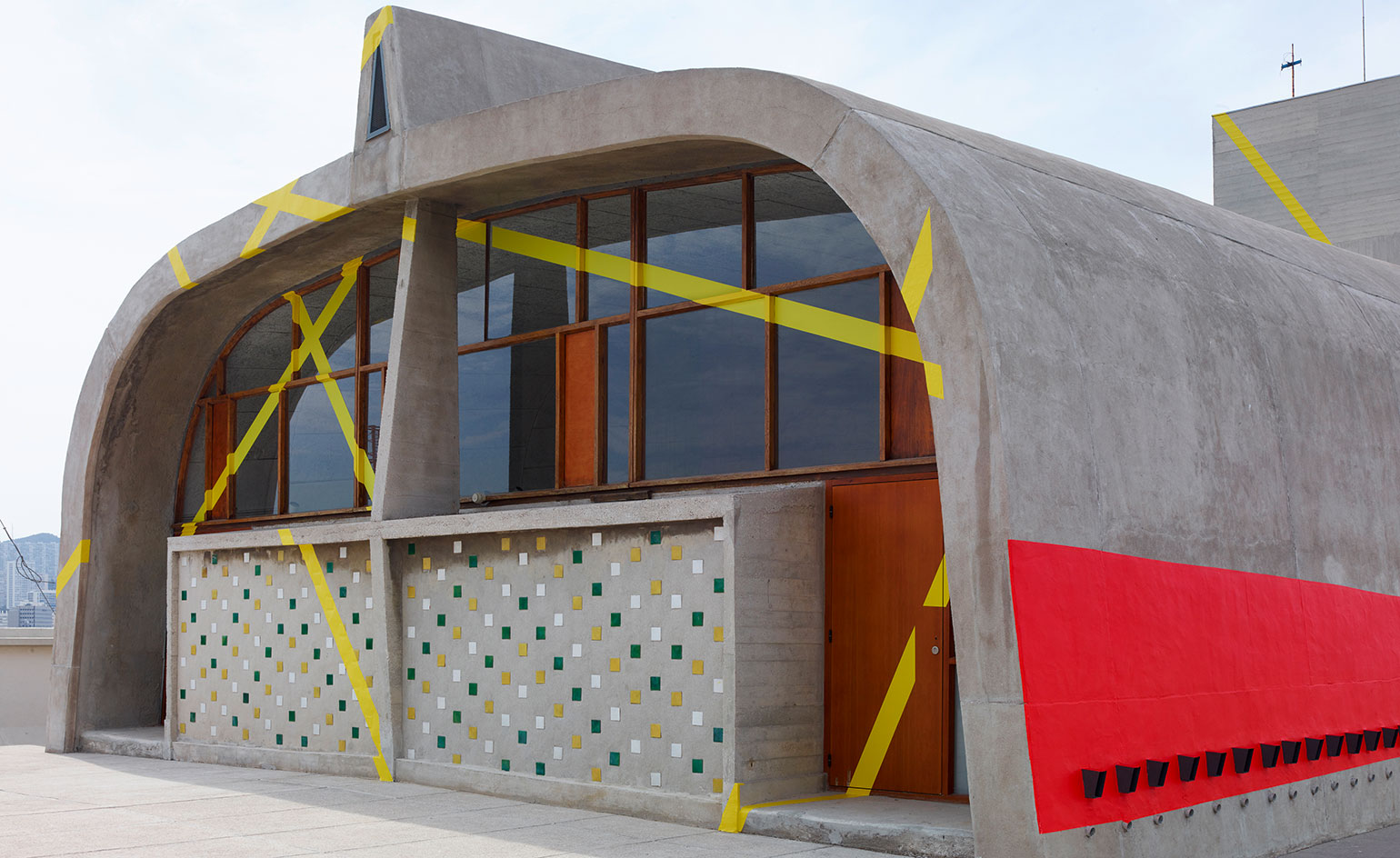
'À Ciel Ouvert' features three works in Varini's signature optical illusion-style art, pieces that skim, dive, criss-cross and swirl over various regions of the rooftop so that depending where a visitor stands, elements of each can be viewed simultaneously. Pictured: A different view of Quatre droites aux trois croisements by Felice Varini, 2016.
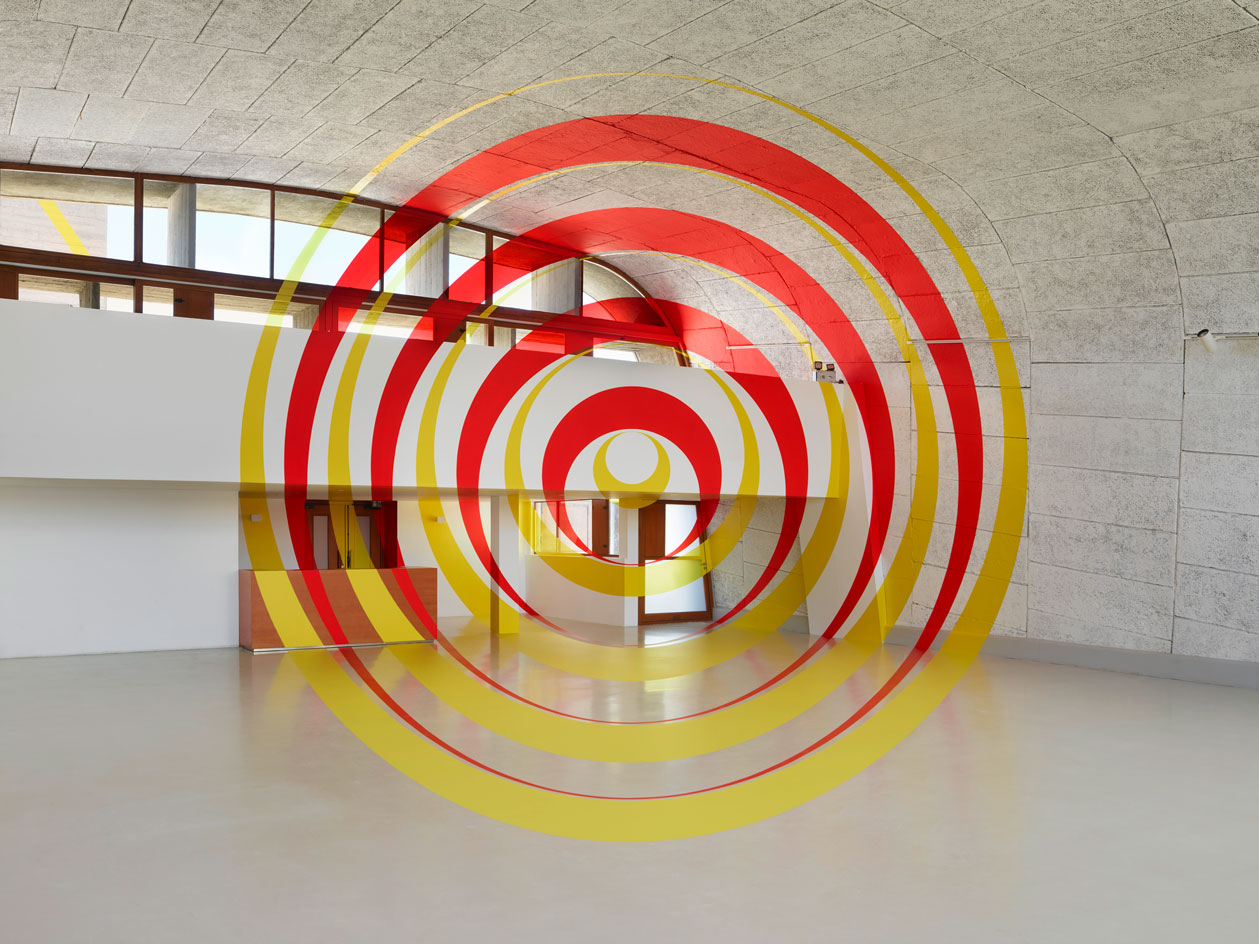
Observing the Varini vernacular is also an exercise in finding the anamorphose, or perspective, from which all the lines unite seamlessly. ‘The point of view is the point of departure,’ he says. Pictured: Rebonds par le pôles by Felice Varini, 2016.
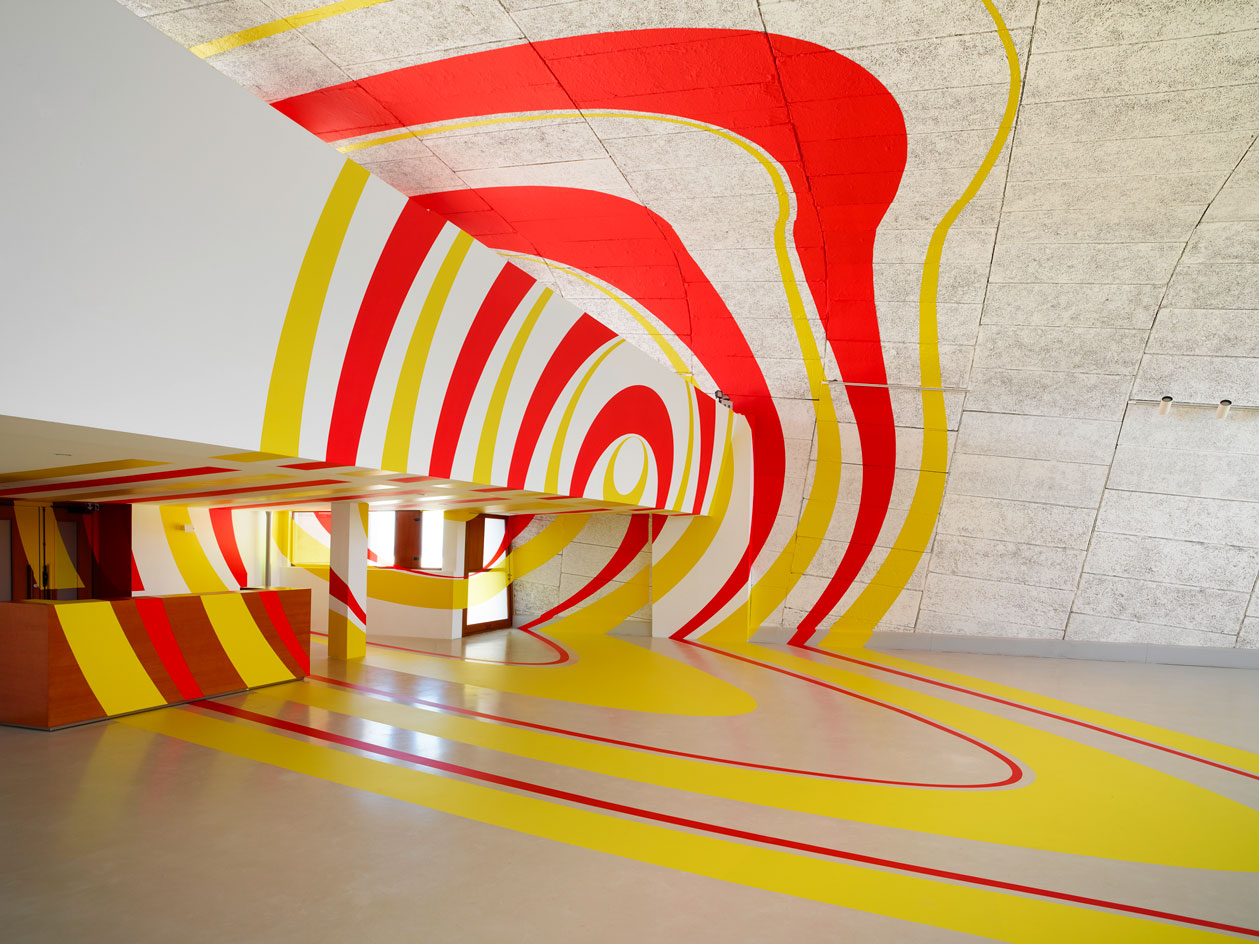
Felice Varini has applied his optical illusion art on such a wide range of international buildings and spaces, leading to designer Ora Ito, founder of MaMo, to invite him for the fourth annual edition of his artist intervention series.Pictured: A different view of Rebonds par le pôles by Felice Varini, 2016.
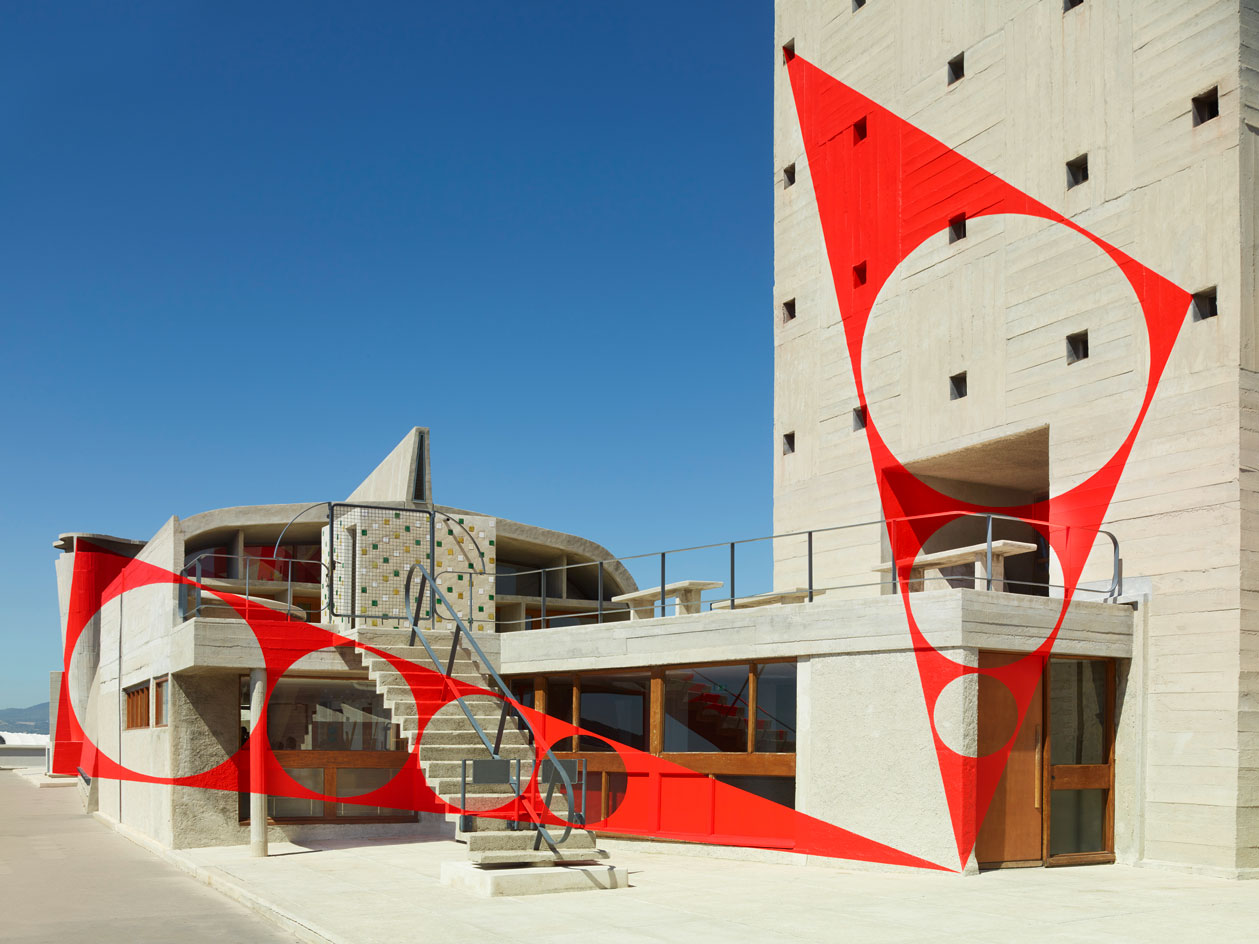
Ito confessed that Varini is one of the few artists whose work he could project onto such an unconventional combination of vertical and horizontal structures. Pictured: Triange percés by Felice Varini, 2016.
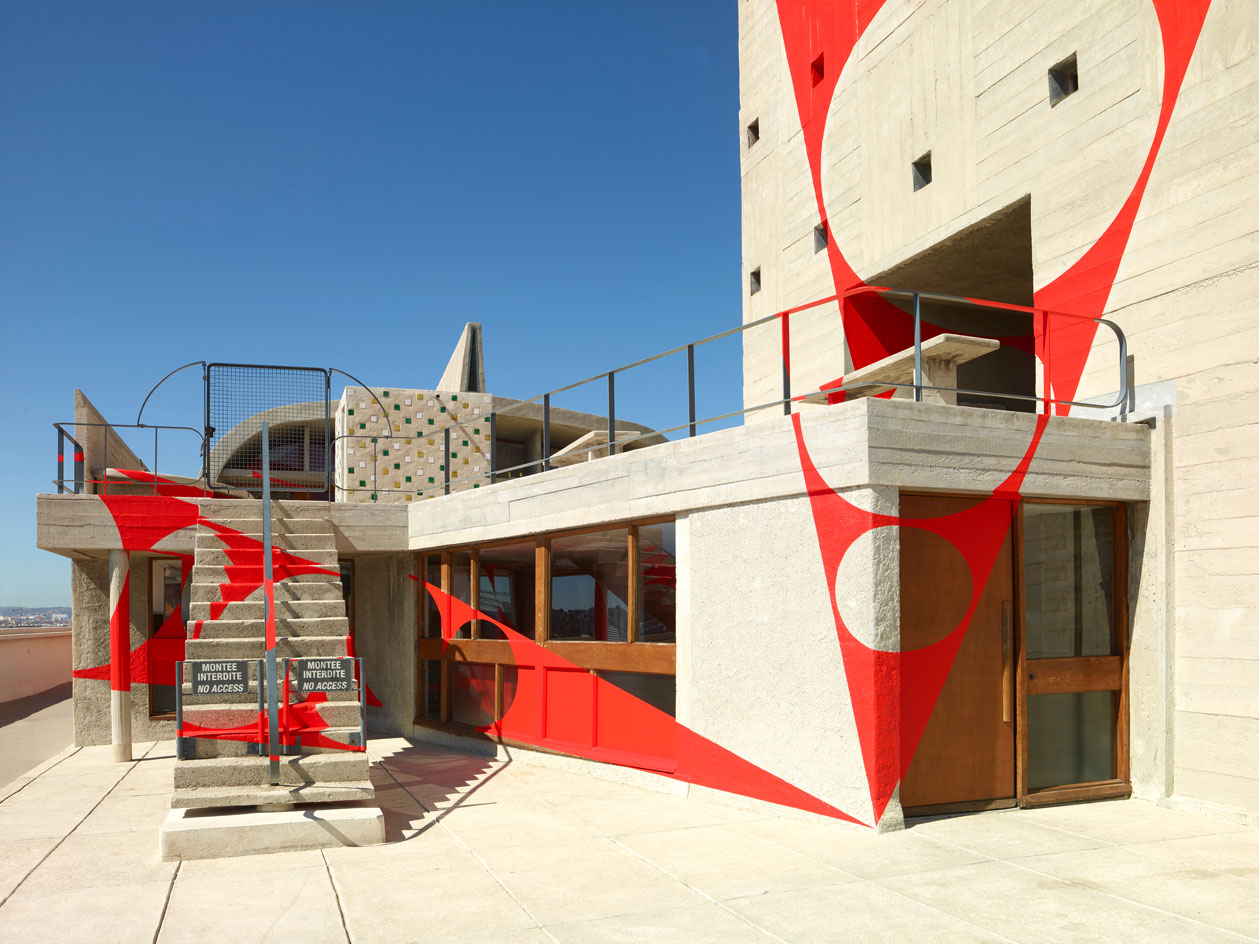
Ito expresses that it has been an honour to work with all four artists he has exhibited as part of the intervention series. ‘For me it's a perfect exchange and to see how they think, says Ito, 'They also inspire me in my own work.' Pictured: A different view of Triange percés by Felice Varini, 2016.
INFORMATION
For more information, visit the MaMo (Marseille Modular) website
ADDRESS
MAMO
Centre d'art
de la Cité Radieuse,
280 Boulevard Michelet,
13008 Marseille, France
Wallpaper* Newsletter
Receive our daily digest of inspiration, escapism and design stories from around the world direct to your inbox.
-
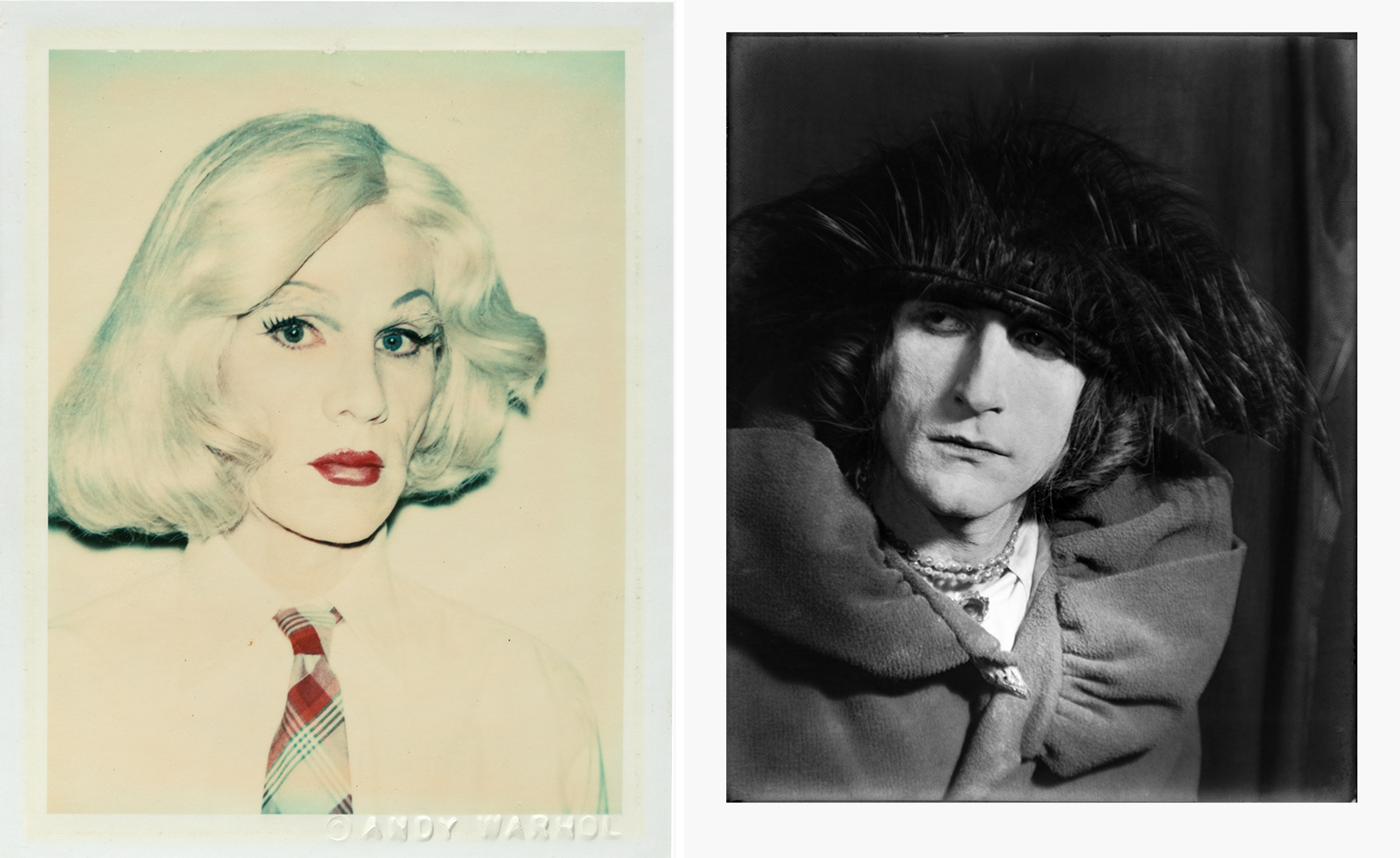 From Rembrandt to Warhol, a Paris exhibition asks: what do artists wear?
From Rembrandt to Warhol, a Paris exhibition asks: what do artists wear?‘The Art of Dressing – Dressing like an Artist’ at Musée du Louvre-Lens inspects the sartorial choices of artists
By Upasana Das
-
 Meet Lisbeth Sachs, the lesser known Swiss modernist architect
Meet Lisbeth Sachs, the lesser known Swiss modernist architectPioneering Lisbeth Sachs is the Swiss architect behind the inspiration for creative collective Annexe’s reimagining of the Swiss pavilion for the Venice Architecture Biennale 2025
By Adam Štěch
-
 A stripped-back elegance defines these timeless watch designs
A stripped-back elegance defines these timeless watch designsWatches from Cartier, Van Cleef & Arpels, Rolex and more speak to universal design codes
By Hannah Silver
-
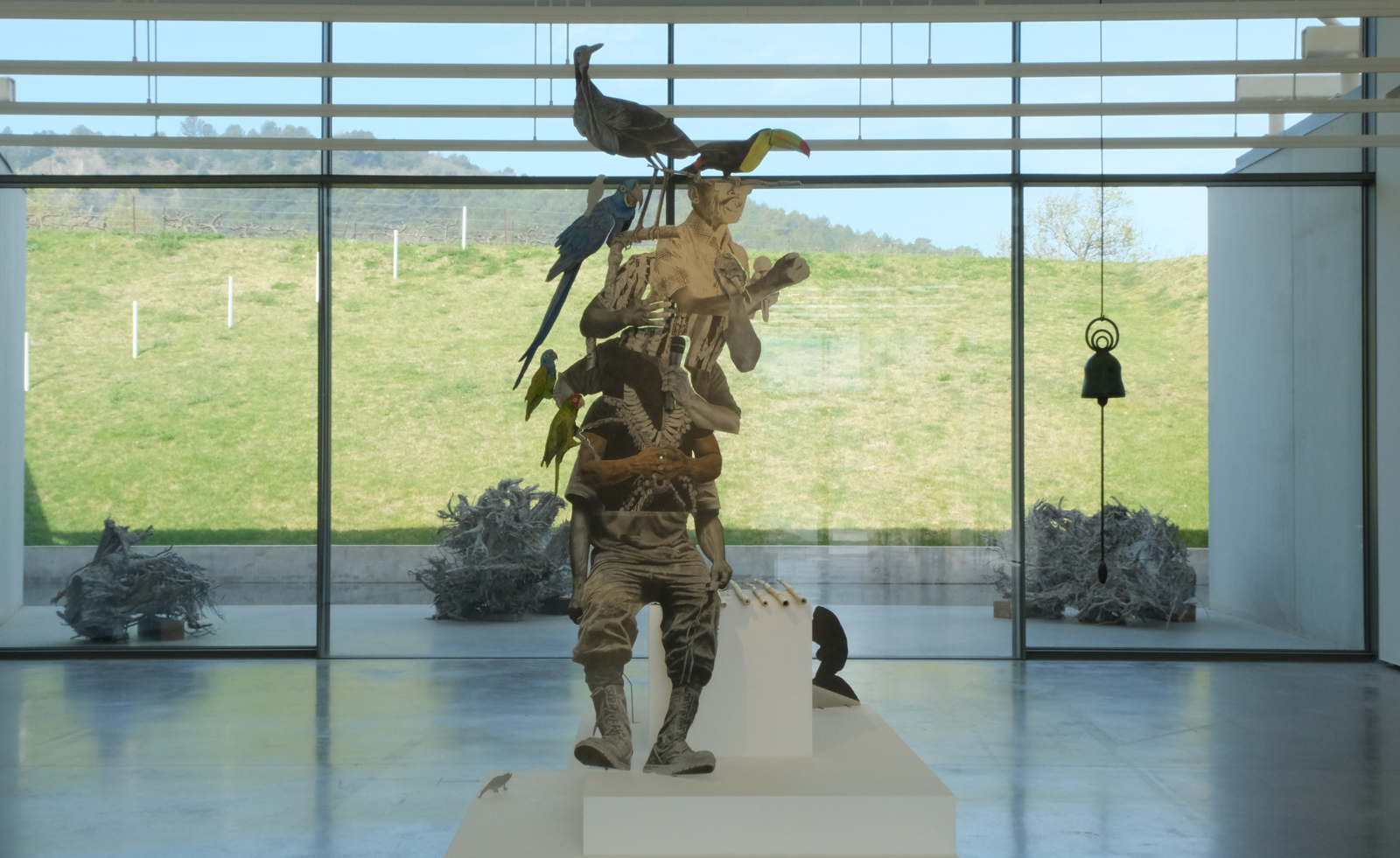 Contemporary artist collective Poush takes over Château La Coste
Contemporary artist collective Poush takes over Château La CosteMembers of Poush have created 160 works, set in and around the grounds of Château La Coste – the art, architecture and wine estate in Provence
By Amy Serafin
-
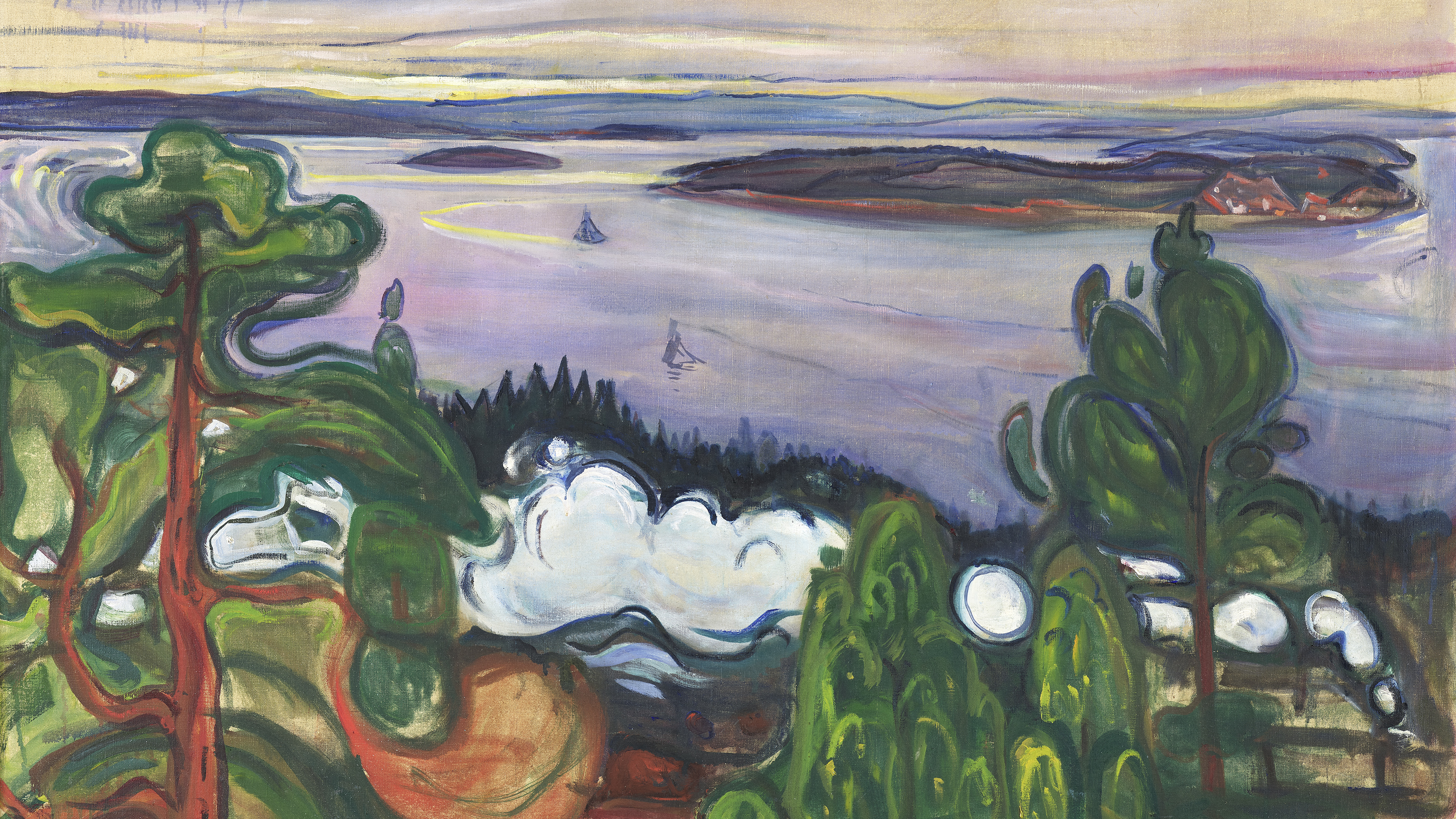 Switzerland’s best art exhibitions to see in 2025
Switzerland’s best art exhibitions to see in 2025Art fans, here’s your bucket list of the standout exhibitions to see in Switzerland in 2025, exploring compelling themes and diverse media
By Simon Mills
-
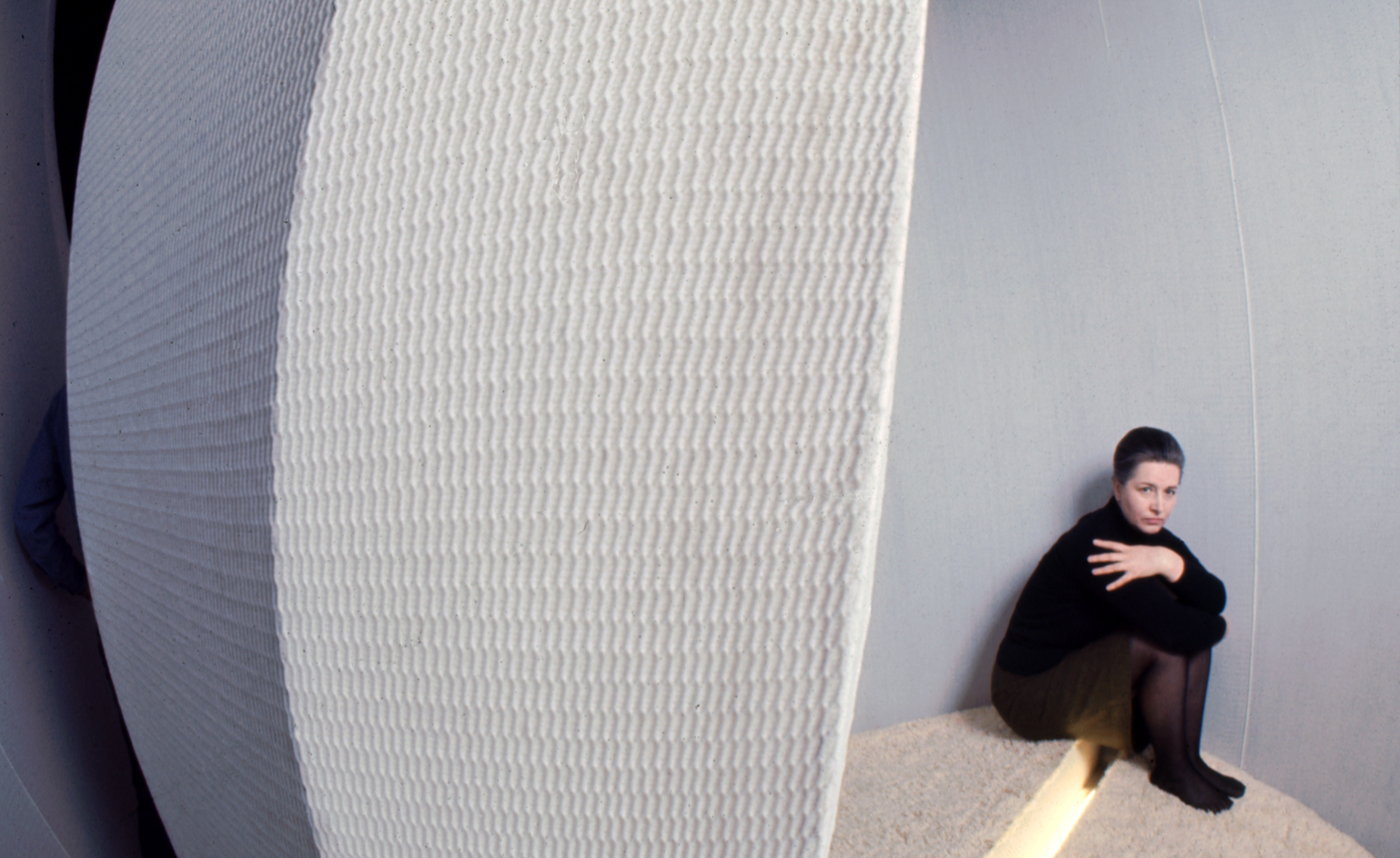 Architecture, sculpture and materials: female Lithuanian artists are celebrated in Nîmes
Architecture, sculpture and materials: female Lithuanian artists are celebrated in NîmesThe Carré d'Art in Nîmes, France, spotlights the work of Aleksandra Kasuba and Marija Olšauskaitė, as part of a nationwide celebration of Lithuanian culture
By Will Jennings
-
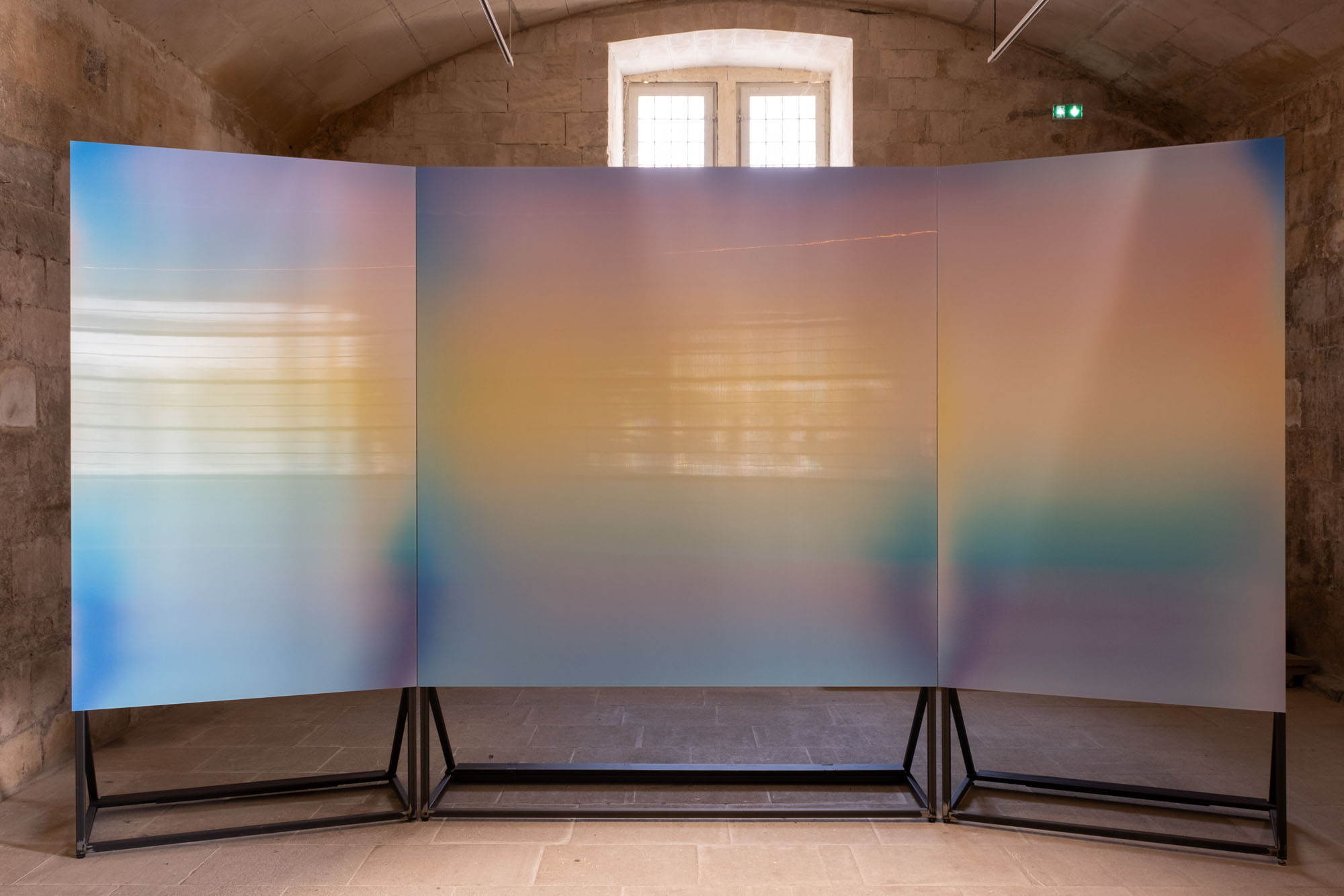 ‘Who has not dreamed of seeing what the eye cannot grasp?’: Rencontres d’Arles comes to the south of France
‘Who has not dreamed of seeing what the eye cannot grasp?’: Rencontres d’Arles comes to the south of FranceLes Rencontres d’Arles 2024 presents over 40 exhibitions and nearly 200 artists, and includes the latest iteration of the BMW Art Makers programme
By Sophie Gladstone
-
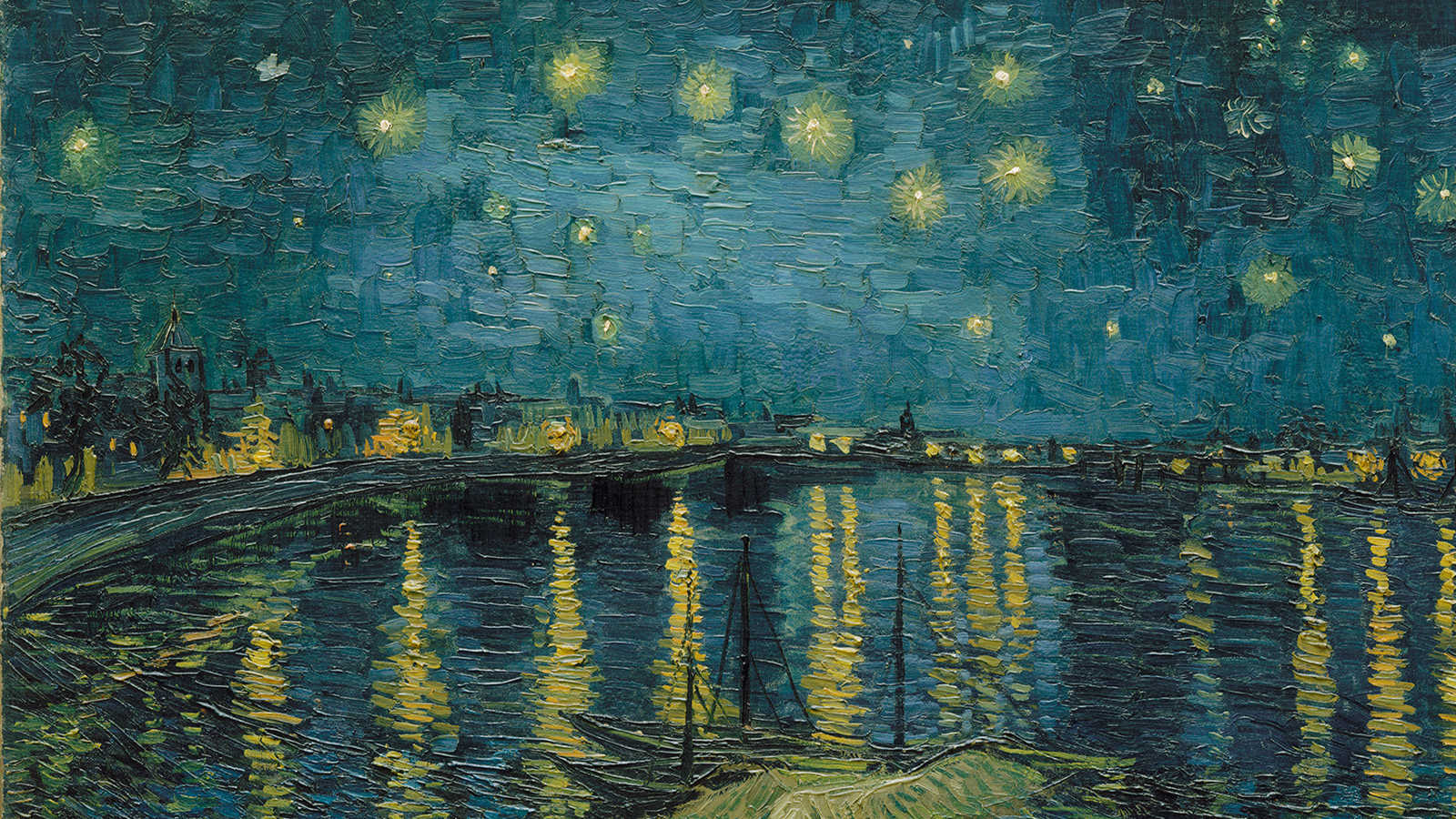 Van Gogh Foundation celebrates ten years with a shape-shifting drone display and The Starry Night
Van Gogh Foundation celebrates ten years with a shape-shifting drone display and The Starry NightThe Van Gogh Foundation presents ‘Van Gogh and the Stars’, anchored by La Nuit Etoilée, which explores representations of the night sky, and the 19th-century fascination with the cosmos
By Amy Serafin
-
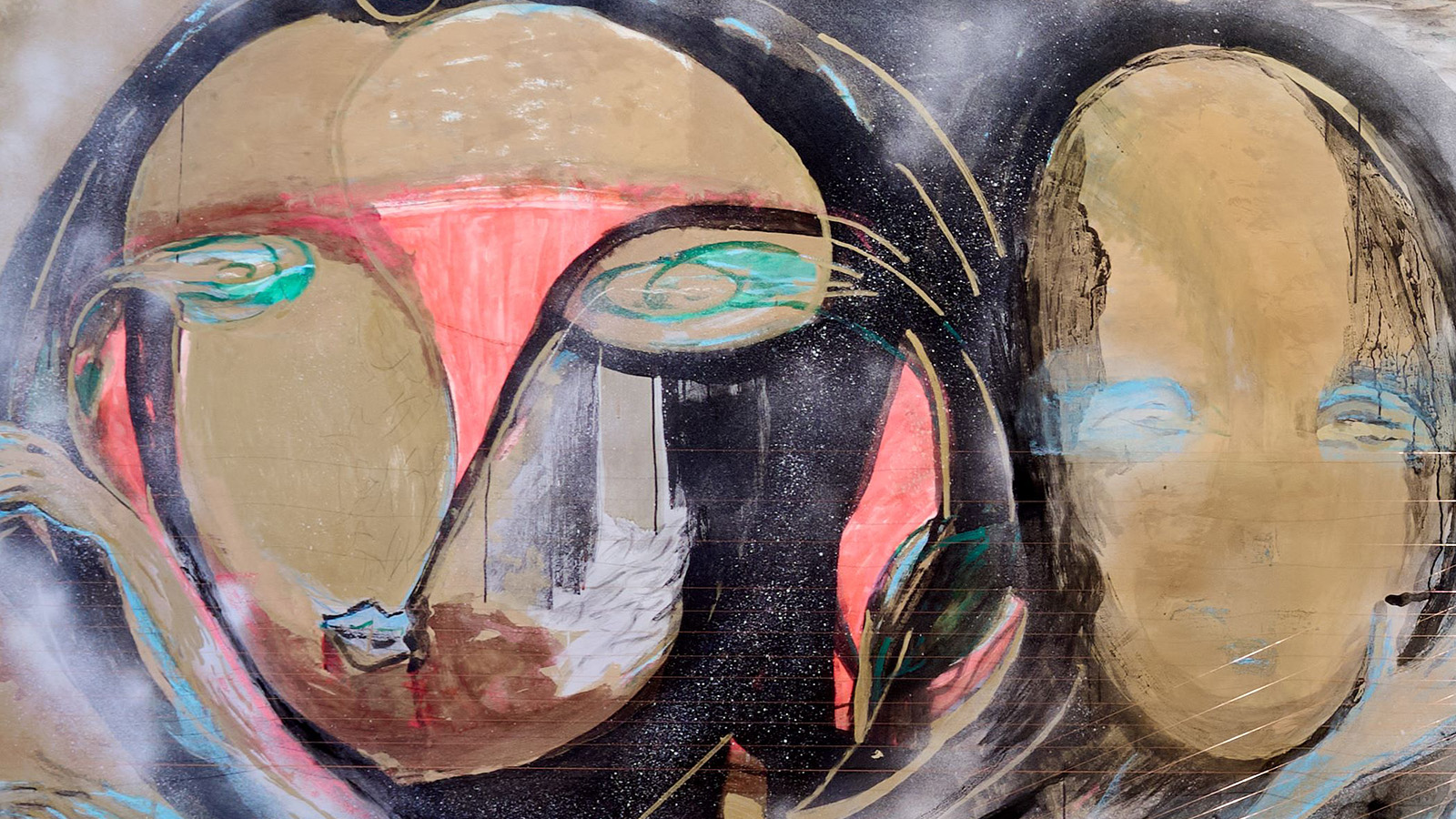 Marisa Merz’s unseen works at LaM, Lille, have a uniquely feminine spirit
Marisa Merz’s unseen works at LaM, Lille, have a uniquely feminine spiritMarisa Merz’s retrospective at LaM, Lille, is a rare showcase of her work, pursuing life’s most fragile, transient details
By Finn Blythe
-
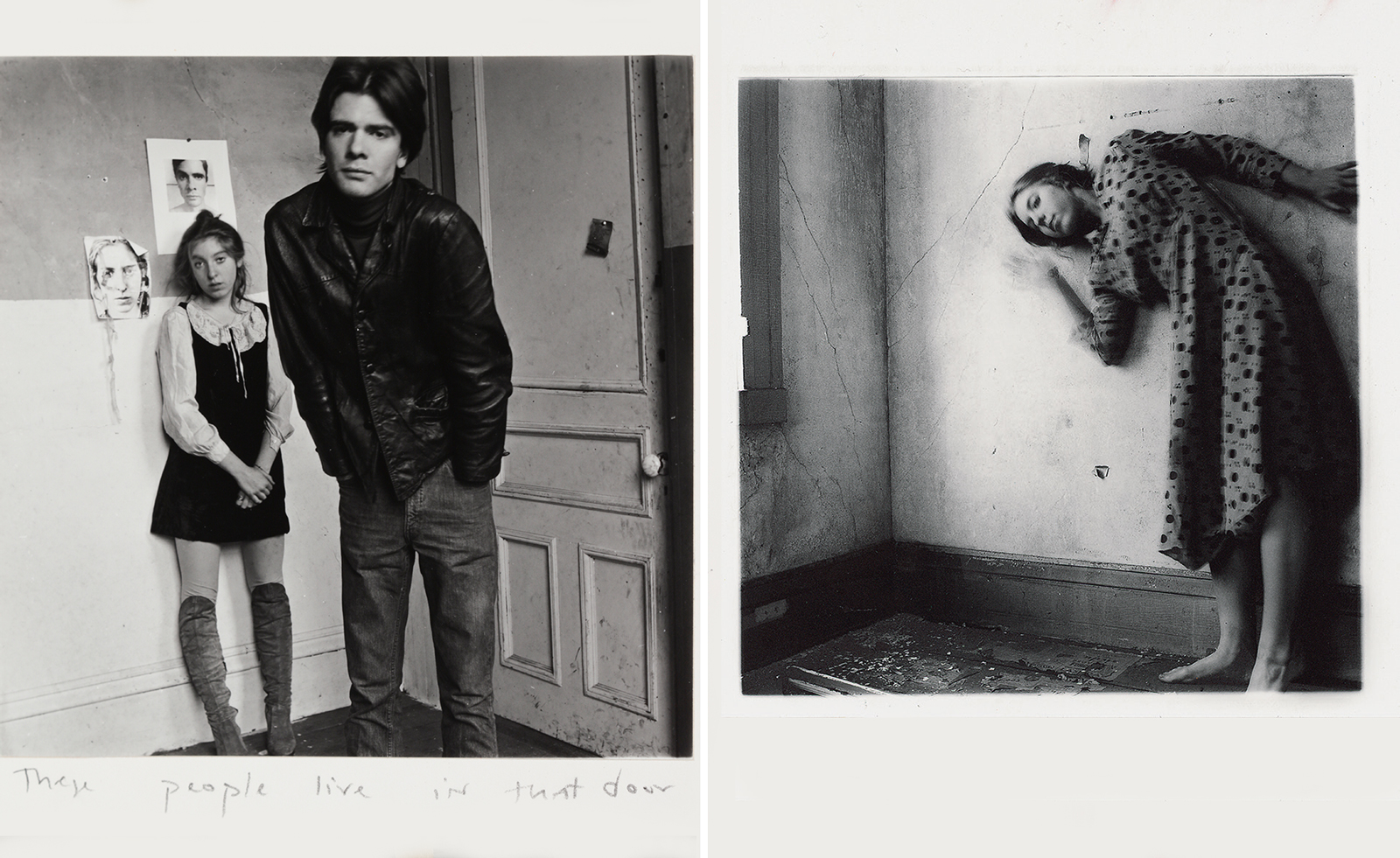 Step into Francesca Woodman and Julia Margaret Cameron's dreamy photographs in London
Step into Francesca Woodman and Julia Margaret Cameron's dreamy photographs in London'Portraits to Dream In' is currently on show at London's National Portrait Gallery
By Katie Tobin
-
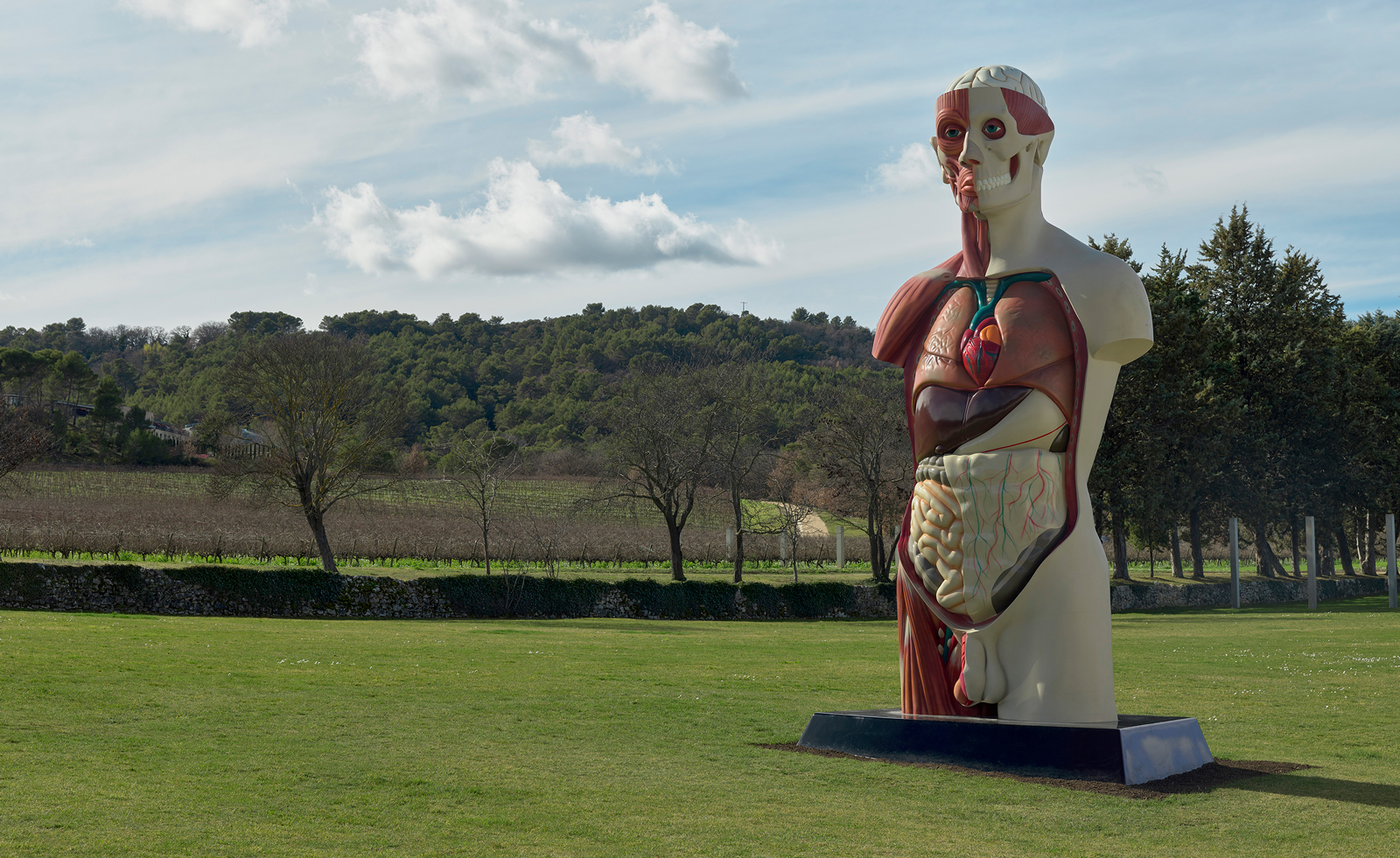 Damien Hirst takes over Château La Coste
Damien Hirst takes over Château La CosteDamien Hirst’s ‘The Light That Shines’ at Château La Coste includes new and existing work, and takes over the entire 500-acre estate in Provence
By Hannah Silver